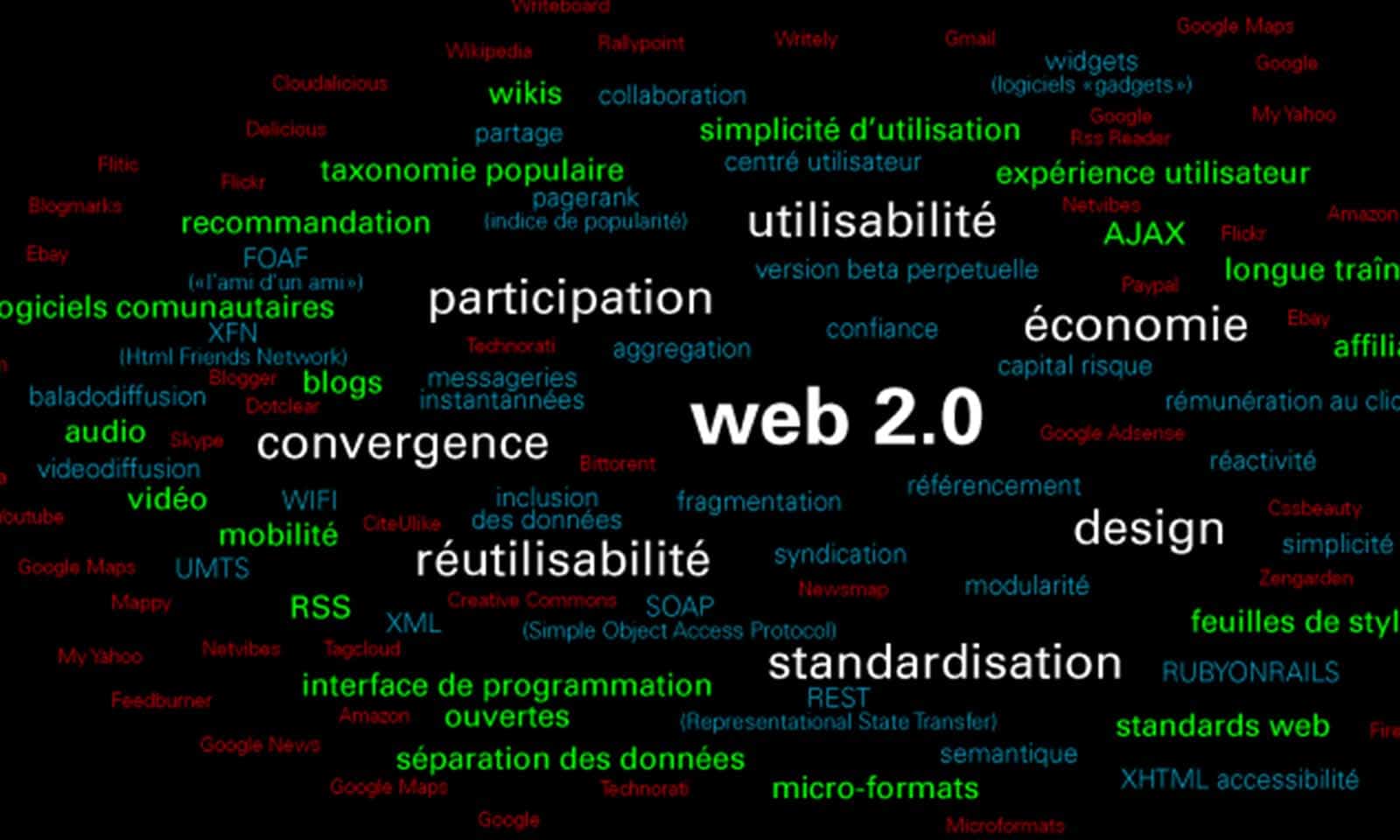We are witnessing a real explosion of social networks which are undeniably part of the connection habits of Internet users.
Mobile, interactive, easy to use and accessible all the time, these platforms have it all! And the figures prove it: with 3.9 billion users in July 2020, 51% of the world’s population is using it.
According to the statistics, the average user goes online for 6 hours and 43 minutes a day, 3 minutes less than a year ago. This figure corresponds to a total of 100 days of connection time per year. On a global level, we will spend 1.25 billion years online by 2020. Let’s assume that we give ourselves 8 hours of sleep a day, our connection time would represent 40% of our time. Of course, the connected time will not be the same and will vary from one country to another. Moreover, this survey allows us to highlight the disparities that remain. Indeed, in the Philippines, Internet users spend an average of 9 hours and 45 minutes of their time on the Internet, compared to 4 hours and 22 minutes per day in Japan.
It is estimated that in 2020, just over 40% of the world’s population is still not connected to the Internet. That’s about 3.2 billion people not connected. Of those without internet access, more than one billion live in South Asia (31% of the total). African countries are home to 870 million people, or 27% of the continent’s total. The report once again points to global inequalities in access to the internet. The report’s findings provide insight into these inequalities. More than half of the total population of Africa is under 20 years of age. There are also more than 460 million people under the age of 13 in South Asia.
Facebook™, Instagram™, YouTube™, Snapchat™ and all other social media are no longer reserved for the family domain, they are incorporating business activities. Many companies have been using these media as a means of communication and promotion for a long time. Want to know more about the social networks that matter in 2021? Read the rest of the article to find out the latest figures. Born 16 years ago in 2004, Facebook™ is now the world’s largest social network. With 2.70 billion monthly active users in June 2020, Mark Zuckerberg’s app takes the top spot. Facebook™ has 1.62 billion active users every day (June 2020). To continue to please its members, Facebook™ regularly develops new features: business pages (2007), instant messaging (2008), “Like” button (2009), Timeline (2011/2012), Graph Search (2013) Facebook live (2016). This strategy works and Facebook™ remains the most popular social network. It continues to grow, adding about 500,000 profiles worldwide every day.
Other platforms have also experienced a meteoric rise, such as Reddit, the social content aggregator, whose community continues to grow. In fact, Reddit has 100 million new users since this time last year, a 30% increase. According to the latest figures released by the company, the platform now generates 430 million users each month. Pinterest also had its moment of glory with a 29% increase in active users in the space of a year. The photo-sharing platform has added more than 70 million new monthly active users in the last 12 months. At the beginning of 2020, the total number of its users is 322 million. Pinterest saw a 12% increase in potential ad reach between October 2019 and January 2020, compared to the previous quarter. It must be said that the platform has added new countries to its ad targeting options, which may explain this increase.
There are more than 4.5 billion Internet users in the world.
- Asia has the largest number of Internet users, at 50.3%. Next are Europe (15.9%), Africa (11.5%) and Latin America / Caribbean (10.1%). North America accounts for only 7.6% of all Internet users worldwide.
- China has the most active Internet users, with more than 854 million, followed by the United States (312 million) and Russia (nearly 110 million).
- North America has the highest Internet penetration rate (94.6%). Europe (87.2%), Latin America/Caribbean (70.5%) and the Middle East (69.2%) follow.
Mobile commerce represents 45% of all e-commerce activities.
- Last year, smartphones alone accounted for 57% of visits to e-commerce sites.
- Despite the increase in the use of mobile devices, online sales on the desktop continue to reign supreme. While the majority of smartphone and tablet owners (68%) have attempted to make a purchase on their device, two-thirds (66%) have not completed a transaction due to obstacles encountered during checkout.
- Digital advertising spending (fixed and mobile Internet) is expected to reach nearly $245 billion worldwide in 2020.
- By 2020, mobile advertising is expected to account for 72% of all digital ad spending in the US… But at the same time, 70% of people say they don’t like mobile ads. In fact, mobile ad blocking has increased by 90% year over year.
89% of B2B marketers use marketing strategies.
- The most popular content marketing strategies include: social networks (83%), blogs (80%) and newsletters (77%).
6 billion Google searches are performed every day by 1.17 billion unique users.
- On average, 71,000 requests are made every second. 60% of Google searches come from mobile devices.
- Every day, 16 to 20% of the requests made have never been made before. 50% of queries contain four or more words, and the average first page result contains 1,890 words.
75% of Internet users never scroll to the first page in search results.
- Being in first position in Google will result in a 34.36% click-through rate for computers and a 31.35% click-through rate for mobile devices.
Visual content is 40 times more likely to be shared on social networks than any other type of content.
- Social video generates 1200% more shares than text and images combined. Infographics are 3 times more likely to be liked and shared compared to any other type of content on social networks.
- Tweets with images receive 18% more clicks than tweets without images. Facebook status updates with images get 2.3 times more engagement than those without images.
Social networks influence the purchasing activities of 23% of consumers.
- More than 30% of online shoppers are willing to buy a product directly from a social network.
91% of brands use two or more social channels.
- Facebook accounts for 53.1% of the social connections made by consumers to connect to applications and websites of publishers and brands.
- More than 2 billion messages are exchanged between brands and users every month on social networks.
- 45.8% of consumers say they prefer to contact a company by courier rather than by e-mail.
- 71% of consumers who have had a good service experience on social networks with a brand are likely to recommend it to others.
- The biggest brands on Instagram have a per-subscriber engagement rate of 4.21%, which is 58 times higher than on Facebook and 120 times higher than on Twitter.



